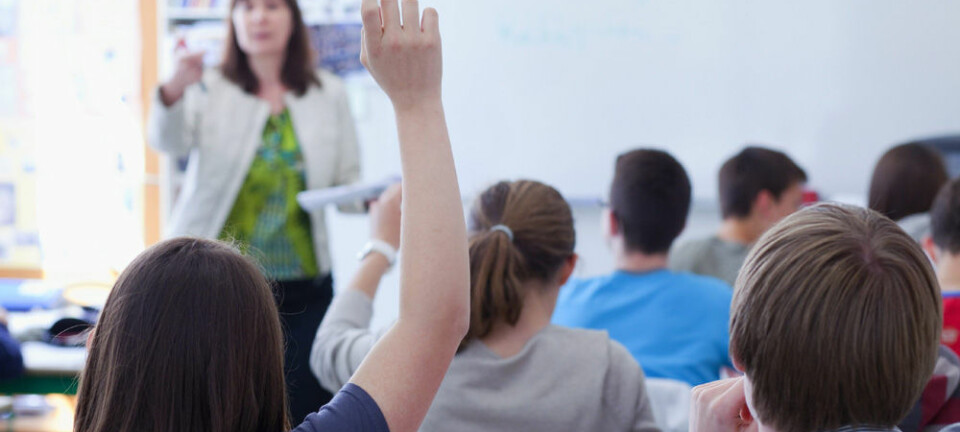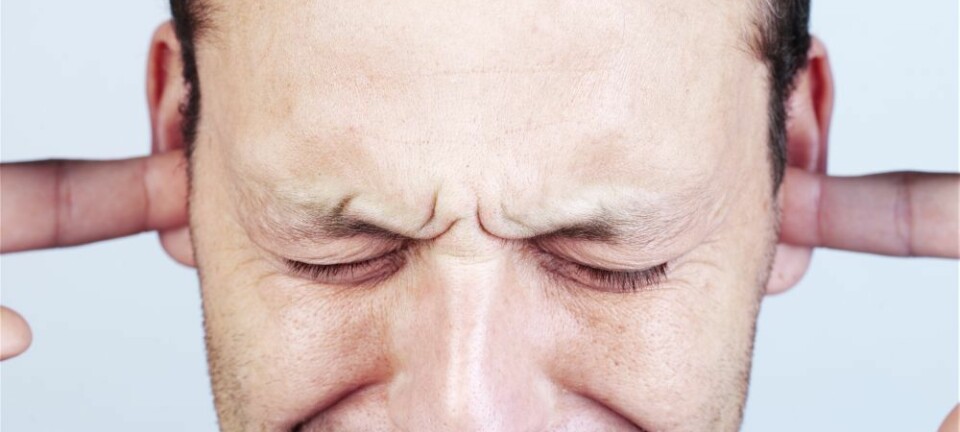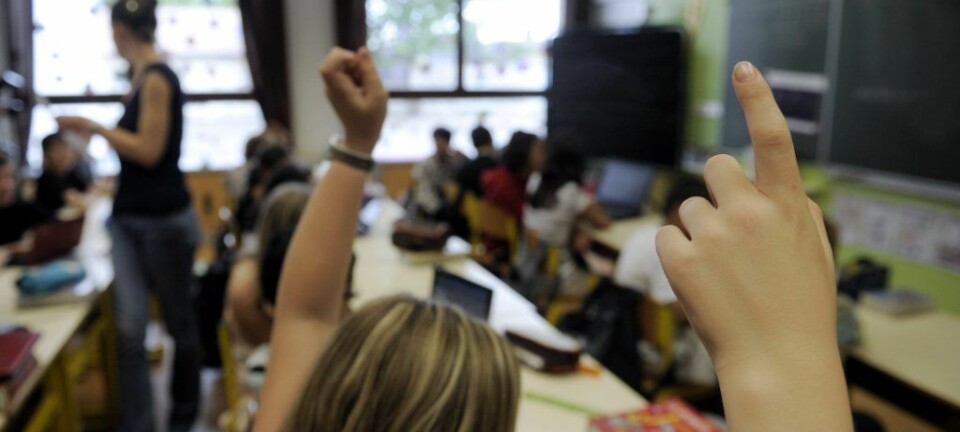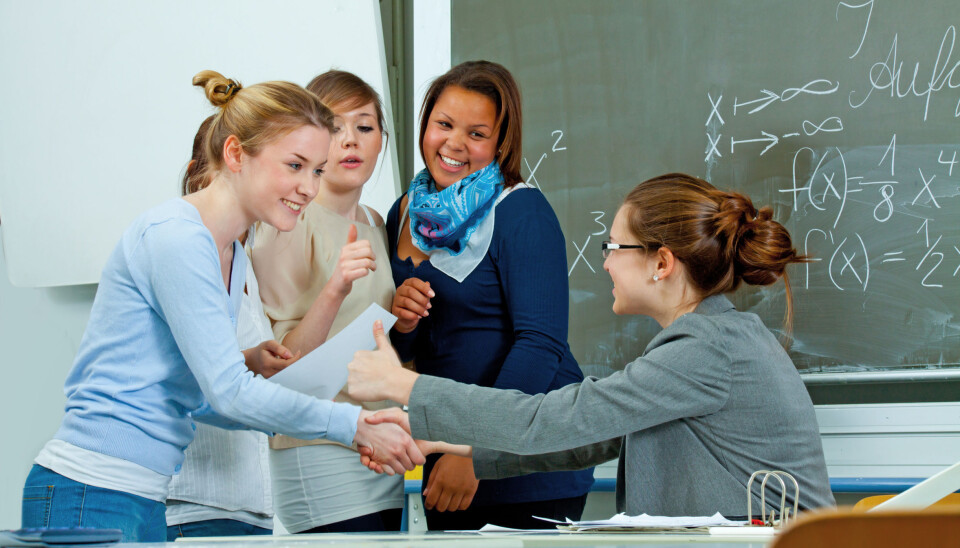
The power of popularity: impact of the cool kids on teaching
Pupils who are popular dominate more than the halls and yards of the school campus. They also have the greatest influence on teaching in the classroom.
Pupils in both Norway and Sweden have a right to influence the way they are taught in the classroom. But few guidelines have been given describing how this should be done and little is known about how kids actually exercise their right.
Kristina Lanå of the University of Gothenburg has shed some light on the subject by following two Swedish classrooms for a year. Her objective was to find out how the pupils influenced the teaching and how teachers give them opportunities to do so.
“No unified system exists. The pupils decide how, when or whether they wish to have sway on the courses. It’s also up to the individual teacher to allow the young adults to have such influence and decide how to give it to them,” says Kristina Lanå.
The pupils she studied were all in their last year of high school and were aged 18 or above.
Discussions

Her main conclusion was that the pupils with good relationships with their classmates held the most power in the classroom and were strongest in prevailing on the teaching.
The pupils have ample opportunities for influencing the way they are educated, preparations for exams and to some degree the making of assignments. But they have little opportunity to influence the content of their education. This does happen, however, when pupils initiate discussions.
“Pupils in one of the classes said they were afraid of affecting the content. In the other class, the pupils were unaware that it was possible,” says Lanå in a press release.
Not so aware
Lanå has also interviewed rectors, teachers and pupils in addition to observing teaching in the subjects of social studies and Swedish for a year. Both classes she observed where dominated by groups of boys – in addition to one prominent girl.
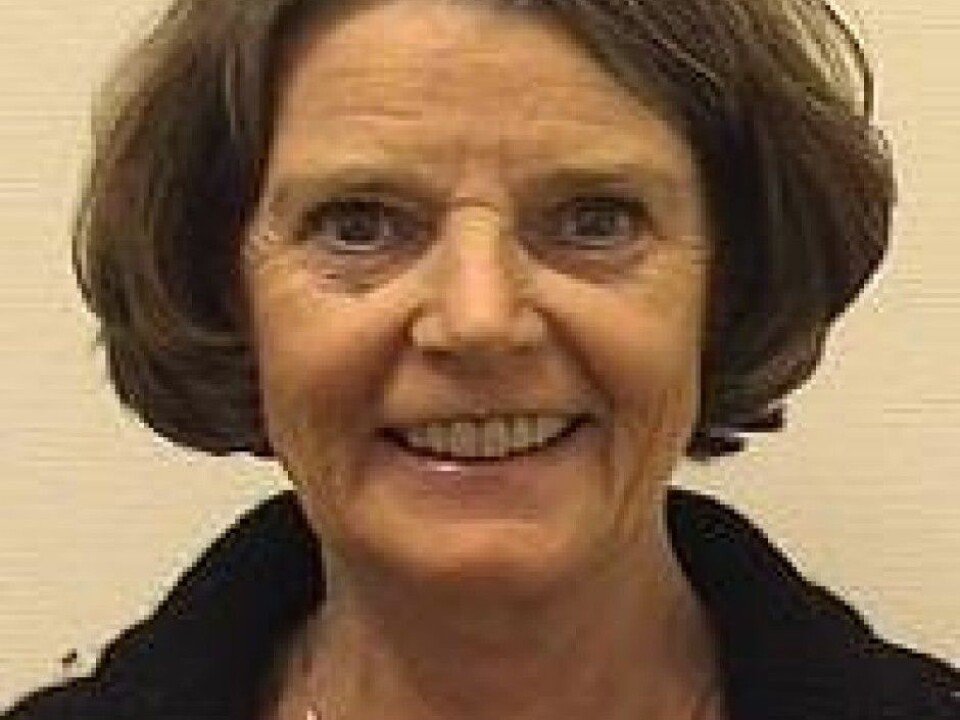
“The ones who have more reticent and solitary positions, and for various reasons are unsuccessful in establishing informal relationships, are marginalised in the processes of exercising an influence. But it doesn’t look like the teachers or the other classmates are conscious of this,” says Lanå.
Pupils who lack good relationships with classmates risk even bigger problems. For example, a doctoral dissertation given at the University of Stavanger earlier this year concluded that this is a common reason why pupils resist attending school.
No fear of being contradicted
The curriculum for the Knowledge Promotion Reform, a guideline for Norwegian schools, stipulates that pupils should be able to participate in the planning, implementation and evaluation of the courses.
Education researcher Thomas Nordahl, who leads Hedmark University College’s Centre for Studies of Educational Practices, thinks the difference between Swedish and Norwegian schools are so small that Lanå’s study is probably relevant in Norway too.
“In Norwegian schools we stress the fact that pupils should have an impact. But how this should be done and the amount of sway the pupils should have are not specified concretely.”
Nordahl thinks Norwegians mustn’t fall get trapped into thinking that pupils should be getting maximum influence on their courses.
“It’s important to discuss how much the pupils’ contributions to the courses are appropriate in relation to their educational benefits. It seems to look as if too much impact reduces their learning because the pupils might have different motives for influencing the teaching.”
Not surprised
Nordahl is not surprised by the conclusions of the Swedish study.
“Though their informal relationships, the pupils who have stronger social positions will feel more secure and bolder than classmates who lack such positions. They will find it easier to have an influence on the teaching.”
“We also see that pupils who have good relationships to classmates also have good relationships to teachers and thus are more readily heard,” says Nordahl.
In this way, the power in the classroom falls to the pupils who are not worried about being contradicted by other pupils.
“The ones who have a weak social position in the class will fear being marginalised all the more if they try to influence the teaching,” he says.
Up to school authorities
Bodil Kleve thinks Norway has clearer guidelines that Sweden in this field. She is an associate professor at the Oslo and Akershus University College of Applied Science’s Faculty of Education and International Studies.
“It comes rather surprising for us in Norway to read that the Sweden lacks a formalised system for how to implement pupils’ influence on the teaching,” says Kleve.
In Norway the pupils get frequent opportunities to give feedback to the teaching.
“This has gone on for some time, but it’s a year and a half since the government issued a press release saying that pupils have this evaluation right,” says Kleve. She adds that government does not get involved in how this is implemented.
“It’s up to those who run the schools, in cooperation with the teachers and the pupils, to find good local solutions,” she says.
-------------------------------------
Read the Norwegian version of this article at forskning.no
Translated by: Glenn Ostling







